Found a box of vintage items in your attic? Or received an inheritance of antique belongings? Perhaps you have had something since you were a child and now no longer have a use for it? If you own an old item like a comic book, a piece of precious jewellery or a painting, it may have hidden value, making it worth a lot of money at auction. But how can you find out if your item is suitable for Catawiki?
At Catawiki we want to ensure that the items in our auctions reflect the unique, harder to find objects of value that bidders are looking for.
This is why we have set per category a minimum estimated value a lot should achieve in auction in order to be admitted.
During lot evaluation our in-house Experts carefully review and select admittable items, considering various aspects and product characteristics that determine the quality and influence the value an item is expected to sell for in our auctions.
Read on to discover some of the factors our Experts evaluate and take a look at the submission guidelines our Experts have compiled for each category
1. Rarity
Rarity is arguably one of the most important factors in determining a collectible's value. An item is rare if there are only a few available in circulation… or even better if your object is completely unique. For example, a Hummel figurine of which only 2000 were made, or the very last bottle of wine from a particular vintage. If something is available in large quantities, generally collectors won’t pay as much for it compared to rare items and one-offs. Do some research to find out if your item was a limited edition or a one-off production run when it was released or to find out if there’s anything else rare about your object’s design, style or features. Remember, if not many people have it, a lot of people will want it!
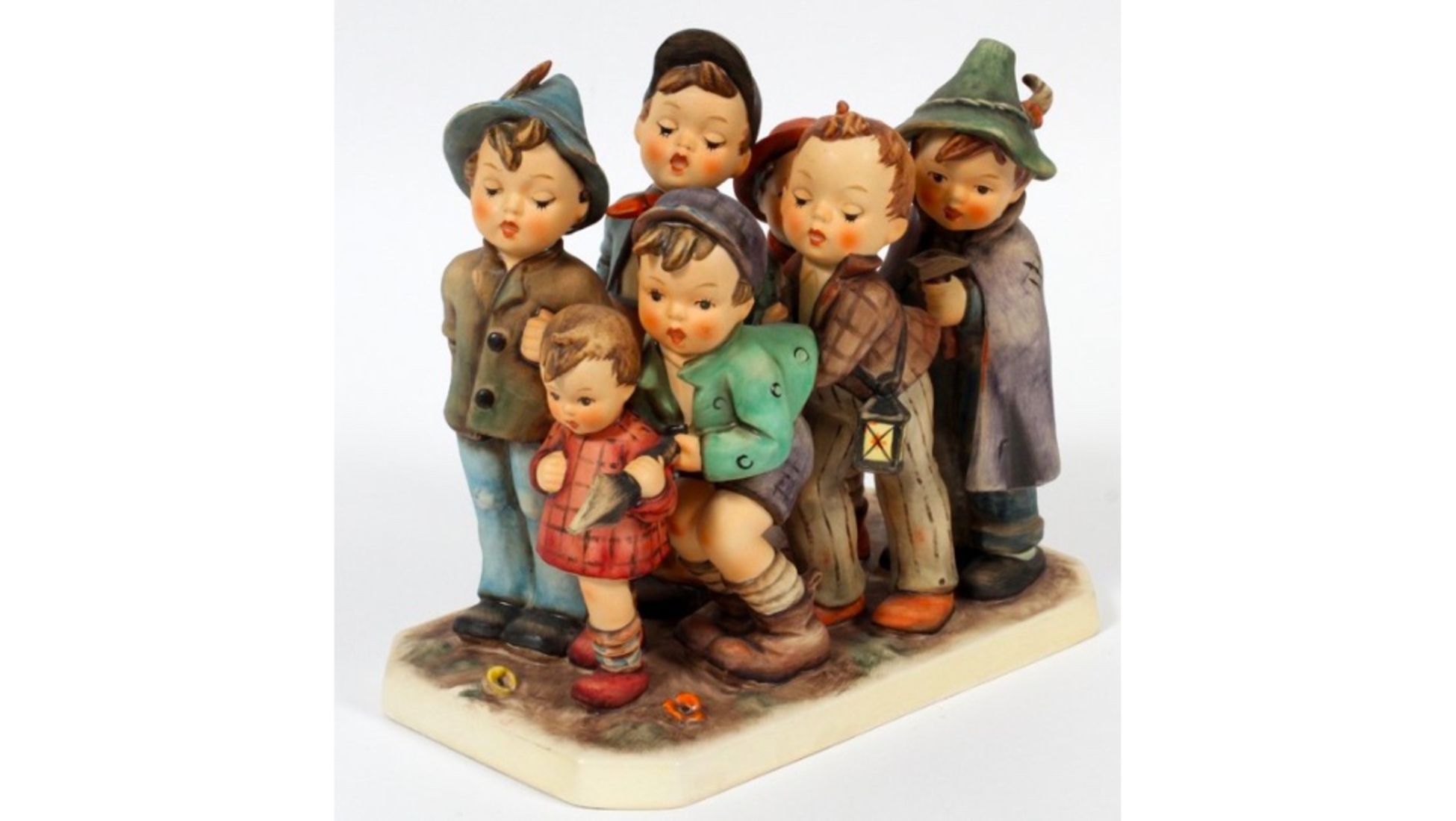
2. Age of Item
Often, the older your item, the more likely it is to be valuable. This is because over time, artefacts and collectables can get lost or destroyed or simply are made of materials which do not stand the test of time. So if you have an exceptionally old object (usually to be considered antique it should be 100 years or older) it’s more likely that few others still exist. This can increase the value of your object. However, it's also worth remembering that if you have an old item of which many still exist and it is still widely in circulation then it's not as likely to be so valuable, no matter its age. Dating your object can be a challenge if you do not know its origin, but look for markings, writing or inscriptions on the piece to try and work out when it was made. Even if you can’t find the exact date it was made, knowing the rough decade or century can still give a good representation of an item’s history, and this is what is so appealing to collectors.
3. Condition
Condition is the state an object is in now. How well it has survived the test of time is an important factor in determining value. For example, if things like rust, fading, corrosion, scratches or other damage has had an effect on an item, this could decrease an item’s condition. A piece in excellent condition will, of course, have a higher value than a comparable piece in poor condition. If applicable, it’s a bonus if your object is new in its box or with it’s tags still intact.
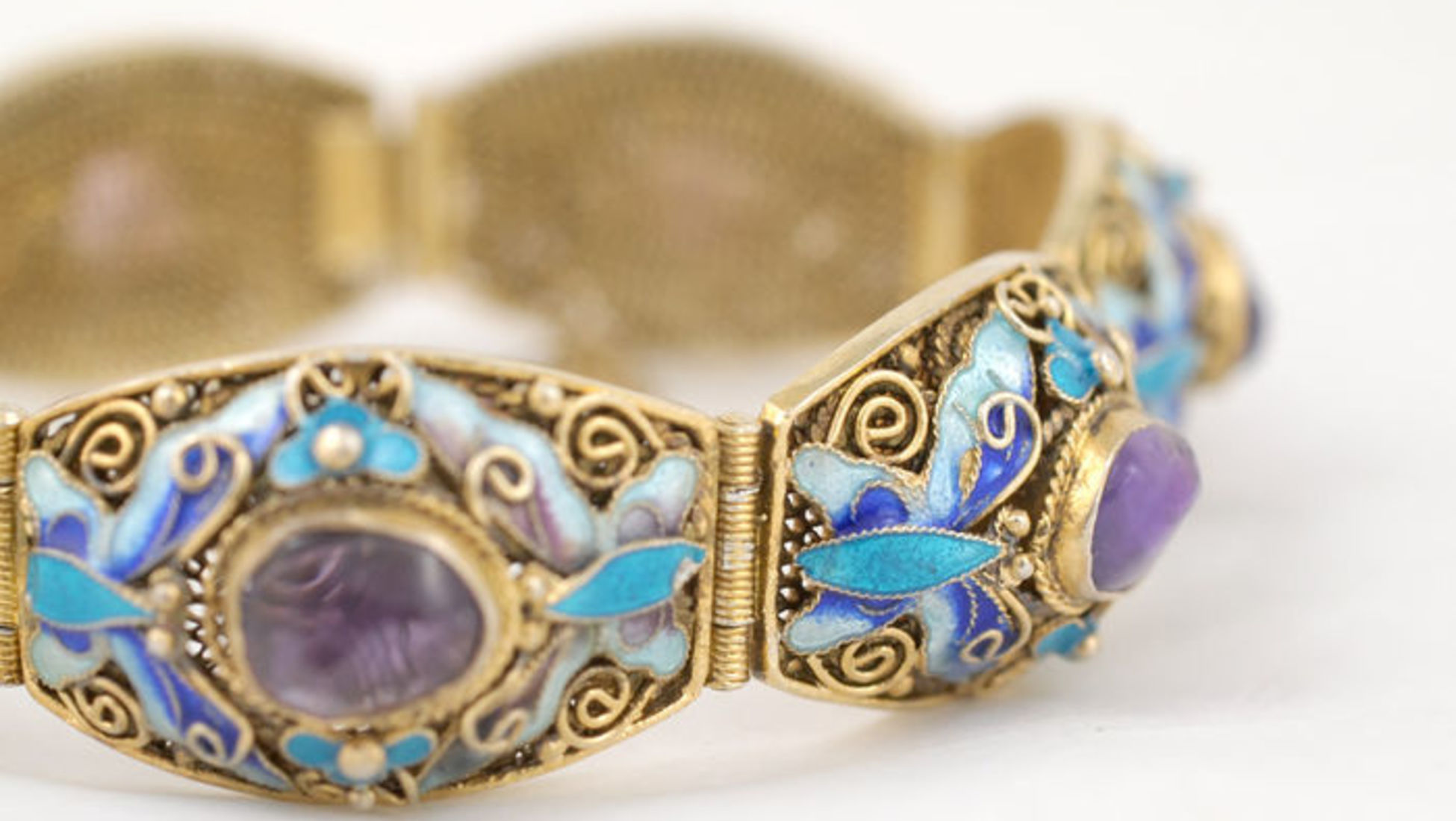
4. Brand or Manufacturer
With many collectables items, it’s common that there are certain brands or manufacturers which tend to be more interesting to bidders than others. This is due to a few reasons. Sometimes it’s because a particular company or creator is no longer in existence and therefore their products are of limited quantity. Often it’s because a certain brand or person is renowned for producing reliably exceptional and high-quality or handmade products. If possible, look at the label, packaging or base of the object to see if you can identify a creator's name or a makers mark on your item. You can then research to see if this name can add worth to your object.
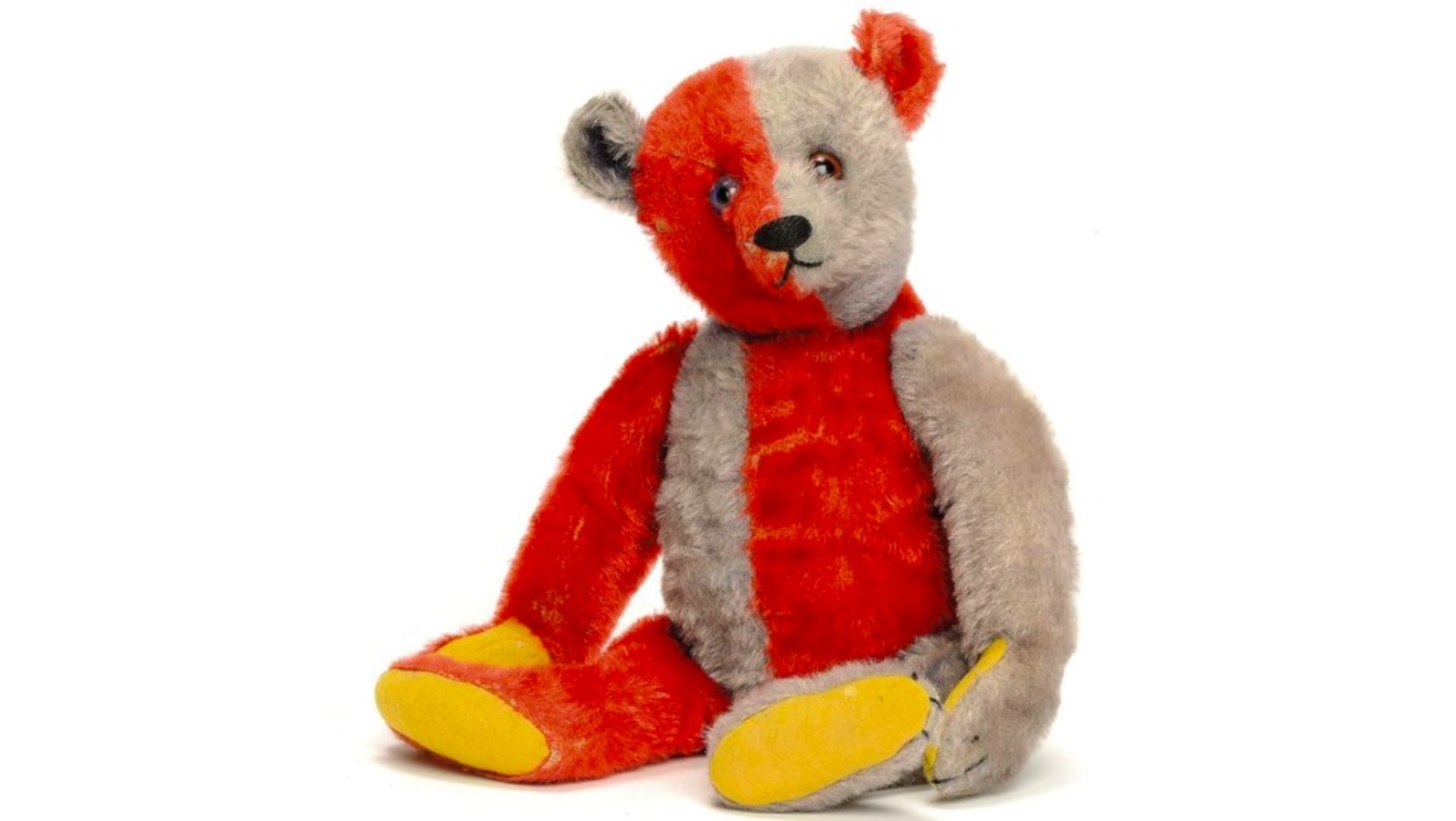
5. Where it was Made
The location or country an item was made might be a factor when valuing your item. For example, a stamp’s postage markings or coin’s origin can unlock the historical or social context of the item. Again, look for any markings or reference points which could point you in the right direction.
6. Restorations
Extensive restorations are generally considered to decrease value in most collectable items. Ideally, an item should be in its original form, untampered with. Of course, this can depend on the item. Basic repairs on something with a motor such as an antique typewriter or model train to ensure it operates smoothly are considered acceptable. Whereas restorations of any kind will decrease the value of art. As a general rule, any restorations that are undertaken should be done so by a professional only, using only genuine parts or tools.

7. Quality
Not to be confused with condition, the quality of an item includes how well it was made, the quality of the materials used, and the standard of the craftsmanship which has gone into it. Of course, a high quality item of any kind will always intrigue bidders more than a similar, poorly-made item.
8. Story
Does your item have an interesting backstory? Perhaps it was involved in a prolific life event? Was it used by someone famous? If your object has a special relevance, especially if it has been documented on TV, in the newspapers or in the history books, it’s likely to boost the bids at auction. Even if your item’s story isn’t world famous - if you can trace an object’s ownership all the way back to when it was produced and can create a strong pedigree, it will be more likely to command a higher price. Where applicable, paperwork or documents such as a receipt or family photographs of the item in use can help give context of date, provenance and backstory. So keep these items safe!

9. Wow Factor
What is the ‘wow’ factor? This is perhaps the hardest thing of all to define. Sometimes an object just has all the right ingredients to make it ‘pop’ at auction. Take, for example, this vintage food slicer or this Pokémon "Pikachu Pole". If it’s jaw-dropping, head-turning, buyers just have to have to have it… then chances are, you’re sitting on a goldmine!
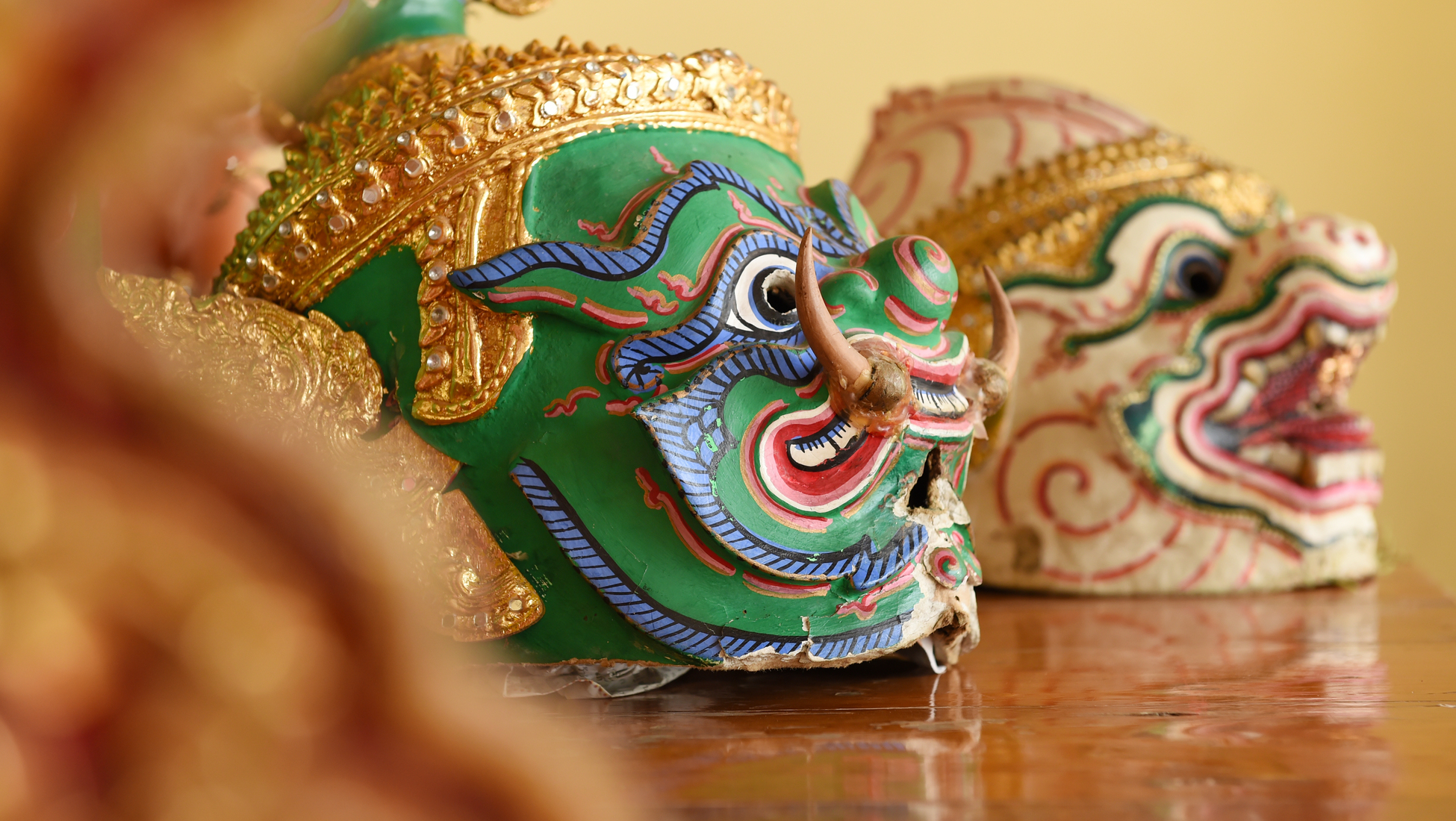
Other Things to Consider
This generalised guide can be used to give you a basic idea of your item’s value potential but of course it is not exhaustive. And no matter how much information you have about your item, it’s difficult to know for certain what price your item is likely to fetch at auction. There are always a number of different factors involved:
1. Personal Taste
Broadly speaking, any item can be worth as much as someone is willing to pay for it. As the expression goes, ‘one man’s trash is another man’s treasure.’ For instance, your old and seemingly worthless toy soldier might be the missing piece of another person’s unfinished collection… personal preferences are an elusive factor which can affect the sale price of an object.
2. Right Place, Right Time
Often it could come down to sheer luck under the hammer. There’s always the possibility that your lot might sell for much higher - or much lower - than you expected depending on external factors. Seasonal fashions, world events, news and the general selling market of your object can affect the popularity of different items.
3. Sentimental Value
You might have an extremely old and rare object in excellent condition which ticks all the boxes for being very successful at auction, but could be simply worth too much in memories to sell! It’s all down to you to work out what you do and do not want to put up for auction.
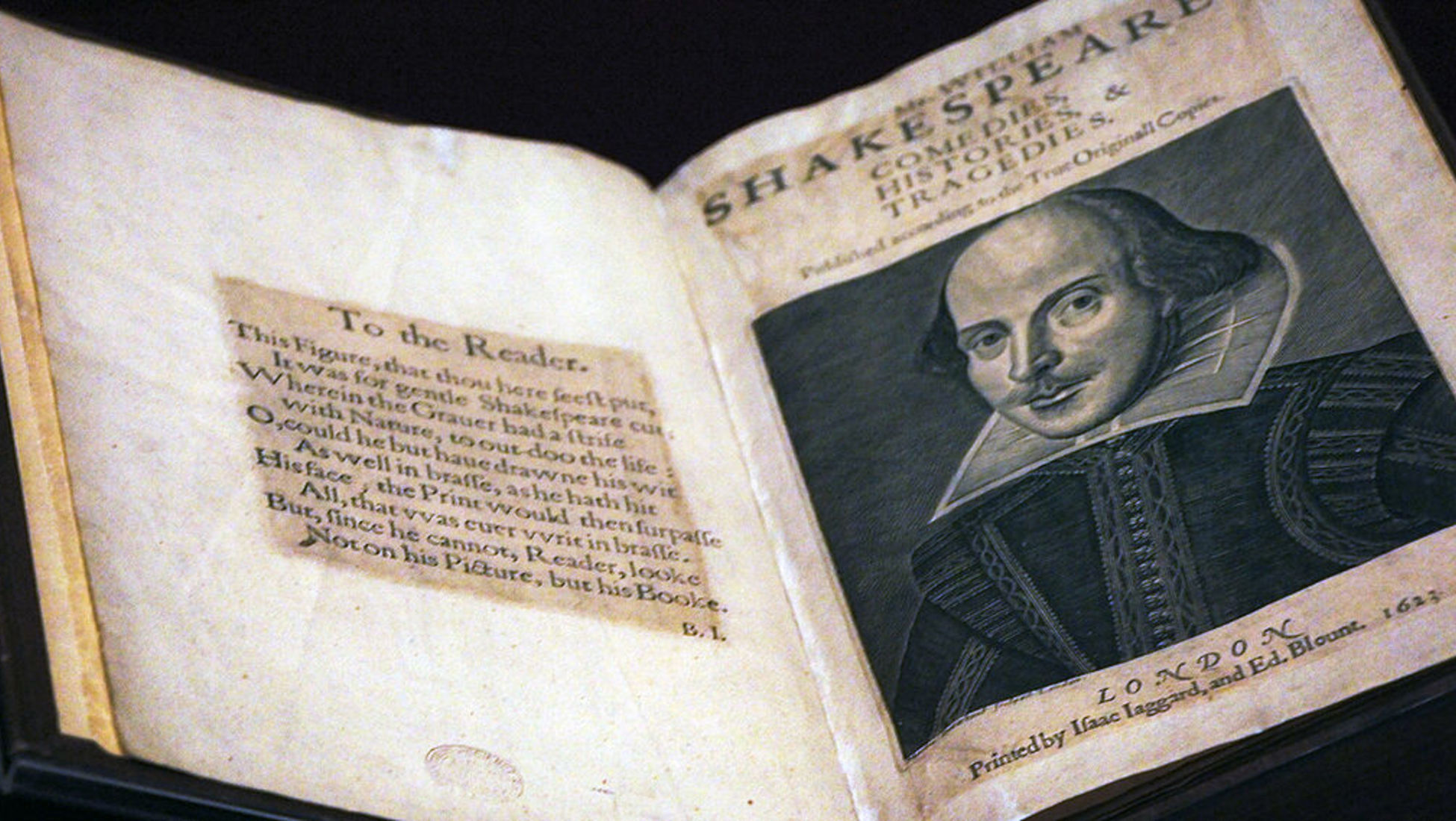
It’s always advisable to take a look at our auction pages to see whether your item is currently in circulation, if it’s a popular lot and generally what price it is going for. Along with our points for consideration above, this should help give you an idea of what your goods could be worth.
If you’re ready to sell, the next step is easy. Register as a seller for free to then offer up your items up for auction. Catawiki makes selling your items online safe, convenient and lucrative!